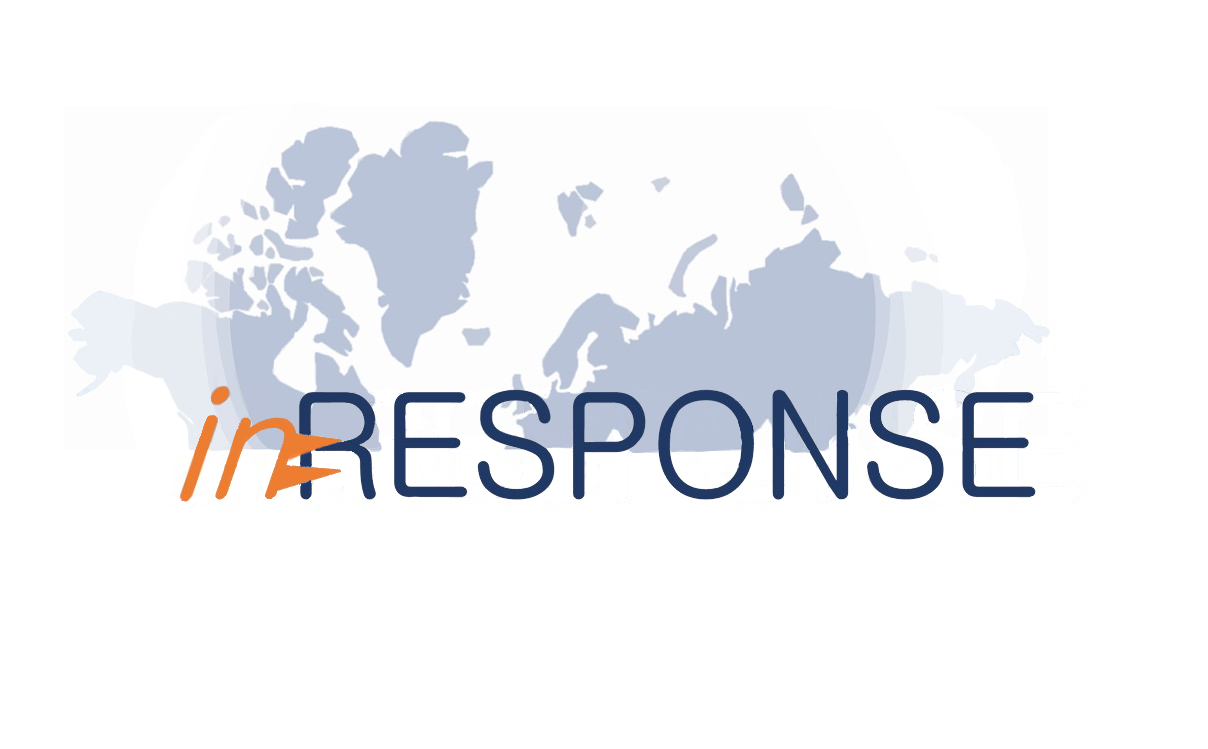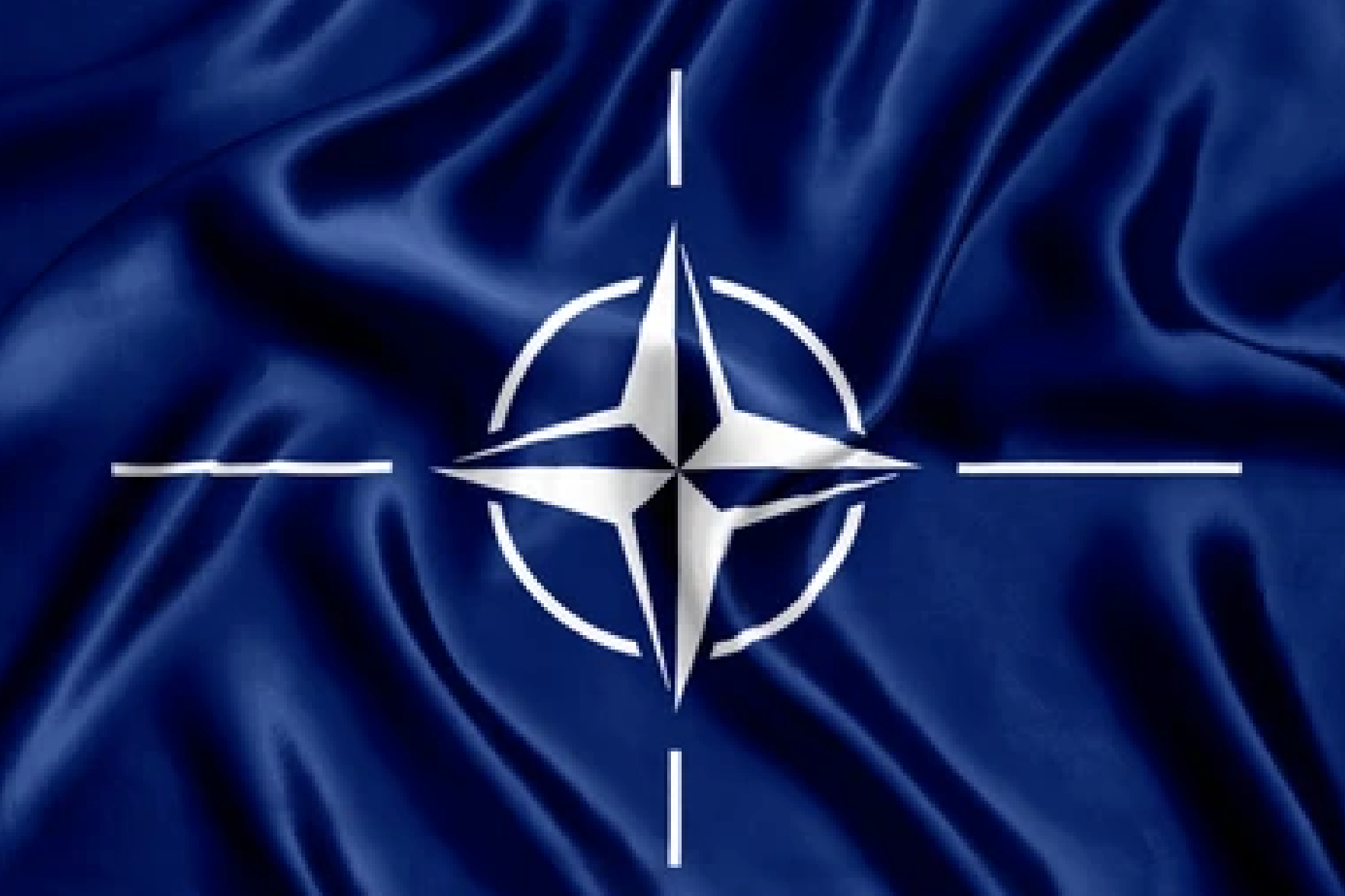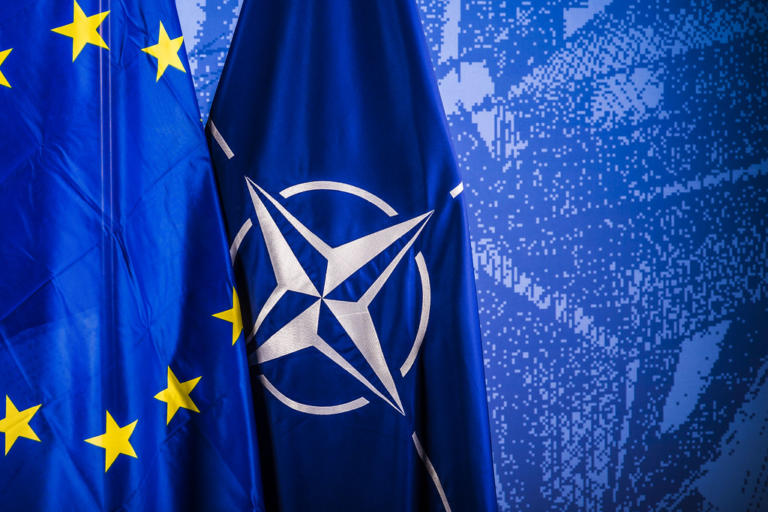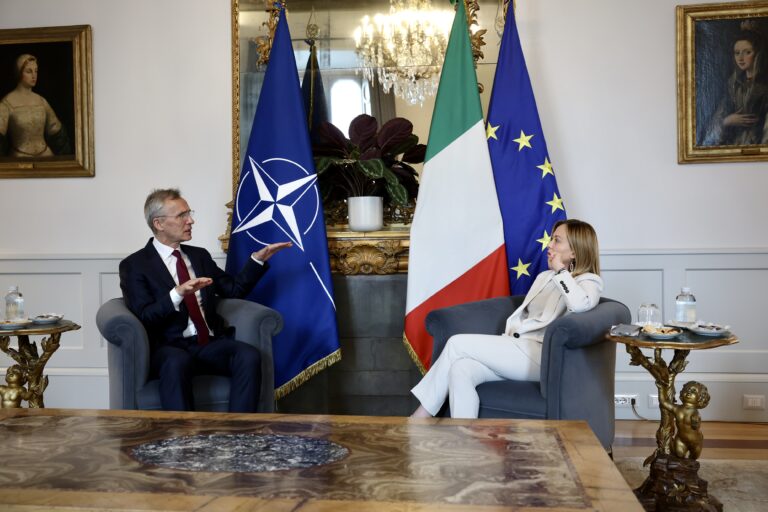Retooling partnerships? NATO and Cooperative Security before and after 2022
Dr Nicolò Fasola, Research Fellow and Adjunct Professor at the University of Bologna
In response to the perceived challenges of the new international environment, NATO is exploring new ways to secure an edge over near competitors, while retooling pre-existing policies and instruments. Partnerships are one such instrument. They consist of joint activities at the politico-strategic and military-practical levels that NATO conducts with third countries, in the pursuit of mutual security interests. Partnerships have existed since the early 1990s but were recognised as one of NATO’s core tasks (Cooperative Security) only in 2010. Since then, allied documents and declarations have stressed the importance of Partners for enhancing Transatlantic security and helping NATO prepare for future challenges.
Despite rhetorically acknowledging the significance of Partners, the Alliance has consistently overlooked issues that hinder the strategic development and efficient implementation of partnerships. Neither the recommendations outlined in the NATO 2030 expert report, nor the 2022 Strategic Concept or the Ukraine war have spurred a structural revision of the plethora of misaligned partnership frameworks, programmes, and initiatives that overcrowd NATO’s toolbox.
The changing scope of partnerships
Partnerships were originally designed to facilitate NATO’s enlargement after the Cold War. Though weakened, the Kremlin opposed the sudden eastward expansion of the Alliance, which Washington considered an essential step to consolidate its presence in Europe. To address Moscow’s anxiety, while still extending the ‘hand of friendship’ to countries eager to exit the Socialist bloc, NATO leaders devised partnerships to postpone enlargement, while preparing recipient countries for membership. The Partnership for Peace (PfP) framework exemplified this policy, enabling 10 former socialist countries to enter the Alliance by 2004.
By the early 2000s, the rationale for partnerships changed, in accordance with new international conditions. In particular, the threat of Islamist terrorism redirected NATO’s focus to the Middle East and North Africa (MENA). NATO aimed at ‘projecting stability’ in the MENA through confidence-building and post-conflict stabilisation measures. The Mediterranean Dialogue (MD), a partnership framework that had been in place since 1994, was revitalised to enhance the interoperability of partner forces. The Istanbul Cooperation Initiative (ICI), founded in 2004, aimed to engage Persian Gulf states to foster regional stability. However, both frameworks struggled to achieve their goals, due to Partners’ limited enthusiasm, historical grievances, and intricate strategic cultures – challenges that the Allies struggled with because of limited resources and competing national approaches.
By 2010, NATO’s activities had become global, reflecting the increasing compenetration of world markets and societies and Washington’s pivot to the Indo-Pacific. The revised Strategic Concept emphasised the need to cultivate partnerships beyond NATO’s borderlands, based on the belief that Euro-Atlantic security was interdependent with that of other regions. A new framework was introduced, the Partners Across the Globe (PAtG), bringing together in one basket very diverse countries – including Australia, Colombia, Mongolia, and Pakistan. Yet the Arab Spring and the first iteration of the Ukraine war forced NATO to refocus on traditional regions, such as Europe and MENA. NATO’s global ambitions remained unfulfilled.
In parallel, the 2014 Wales Summit introduced some non-geographic partnership tools, such as the Partnership Interoperability Initiative (PII) and the Defence and Related Security Capacity Building (DCB) Initiative. They added to other non-geographical initiatives, such as the Building Integrity Policy and Science for Peace and Security Programme – all of which cut across and exist independently of the aforementioned partnership frameworks.
Partnerships’ persistent problems
The permutations of NATO’s partnership frameworks have done nothing to resolve a number of problems, affecting the strategic rationale and practical implementation of cooperative security policy. The Alliance has reached out to the world through partnerships, but persistent challenges have continued impinging upon their efficiency and effectiveness, hence their ability to serve Allied strategic goals. Among others, three challenges are worth mentioning.
1. Lack of coherence. The need to adapt to post–Cold War challenges has led to a collection of partnership mechanisms lacking coherence or aligned objectives. Many existing arrangements lack interrelation, overlap, or have become outdated, creating a “jungle” of different relations and regulations that complicates management and oversight. NATO attempted to address this problem in 2011 but the managerial-organisational nature of such reform failed to bring about strategic improvements. NATO’s cooperative security policy still suffers from unsynchronized frameworks, initiatives, and programs. Oftentimes, this hinders Partners’ very understanding of what to do with NATO, and how to do it.
2. Focus on Partners’ interests. Partnerships are demand-driven: their scope, goals, and depth are mainly set by Partners in accordance with their own interests and domestic priorities, rather than NATO’s strategic goals. Moreover, Partners’ reluctance to participate in a gap analysis, that could highlight relevant shortcomings and help NATO delineate essential Security Force Assistance (SFA) measures, impacts negatively on partnership planning, as well as the effectiveness (i.e., actual utility) of joint activities.
3. Severe budget constraints. NATO partnerships receive only 1–2 percent of NATO’s overall budget. While some countries finance their activities independently, most Partners rely on NATO for financial support. Hence limited funding penalises mid- and low-capability Partners, who need more assistance to meet Western standards. The lack of adequate resources is concerning, especially given the robust military policies and extensive SFA programmes deployed by competitors like China and Russia.
What lies ahead?
The persistence of these challenges can be largely explained by the Allies’ inability to prioritise among Partners. NATO formally treats all partners as equal. This approach avoids diplomatic challenges but impedes the NATO Command Structure from streamlining its cooperative security policy and allocating resources effectively. Historically more intense forms of cooperation with certain Partners – e.g., Azerbaijan, Georgia, Ukraine, and the so-called ‘Asia-Pacific Four’ (AP4) – are still tied by such logic and fully contingent. In fact, such practice stems from contextual opportunities, the self-interested push of individual NATO members, or Partners’ ability to self-finance joint activities – rather than from the deliberate implementation of a NATO grand strategic design.
The Ukraine war has given new visibility to partnerships but has not yet ushered into their comprehensive reform. The current Strategic Concept identifies the threats and challenges presented by the international environment but fails to unequivocally clarify the relevance of Partners. At the 2023 Vilnius Summit, Allies restated their willingness to strengthen partnerships but failed to specify the principles that should guide such change. Most recently, the 2024 Washington Summit announced unprecedented steps in support of Ukraine’s war effort – but these measures retain an ad hoc nature. While they build upon (are justified by) the pre-existing NATO-Ukraine partnership, they address the short-term needs of the Ukraine war without questioning the way partnerships at large are designed and implemented. Notably, some of the agreed-upon measures were either cosmetic (e.g., elevating the NATO-Ukraine Commission to the rank of Council) or likely to be temporary (e.g., the NSATU). What is more, the West delivers its vital military aid to Kyiv through bilateral means: though couched into a Transatlantic narrative, they consist of security agreements between Ukraine and individual NATO members – not the Alliance as a whole.
This notwithstanding, the Washington Summit did make one step in the direction of a more efficient and effective partnership policy, offering glimpses of an embryonic prioritisation logic. Ukraine and the AP4 clearly emerge as NATO’s most relevant Partners, in the face of the Russian threat and the Chinese challenge. NATO should move from this consideration to overhaul partnerships as a whole, by making them integral to its slow but steady reorientation toward two overarching goals: the defense of the liberal international order and the fulfillment of collective defense. Both goals reflect the original spirit that led to NATO’s creation and are receiving renewed attention after decades of focus on the broader, vaguer narrative of the three core tasks. A targeted reorganisation of partnership activities centered on these two goals can enhance the coherence of NATO’s partnership efforts, strengthen synergies across various NATO partnership offices, and reduce the dispersion of resources allocated to (dysfunctional) Partners.
The views, thoughts, and opinions expressed in the blog posts belong solely to the authors, and are not necessarily representative of the Institut Barcelona d’Estudis Internacionals (IBEI) nor the Spanish Ministry of Science and Innovation. The content provided through our blogs is for informational purposes only. Readers are encouraged to consider the context and research behind the viewpoints shared within each blog post.







